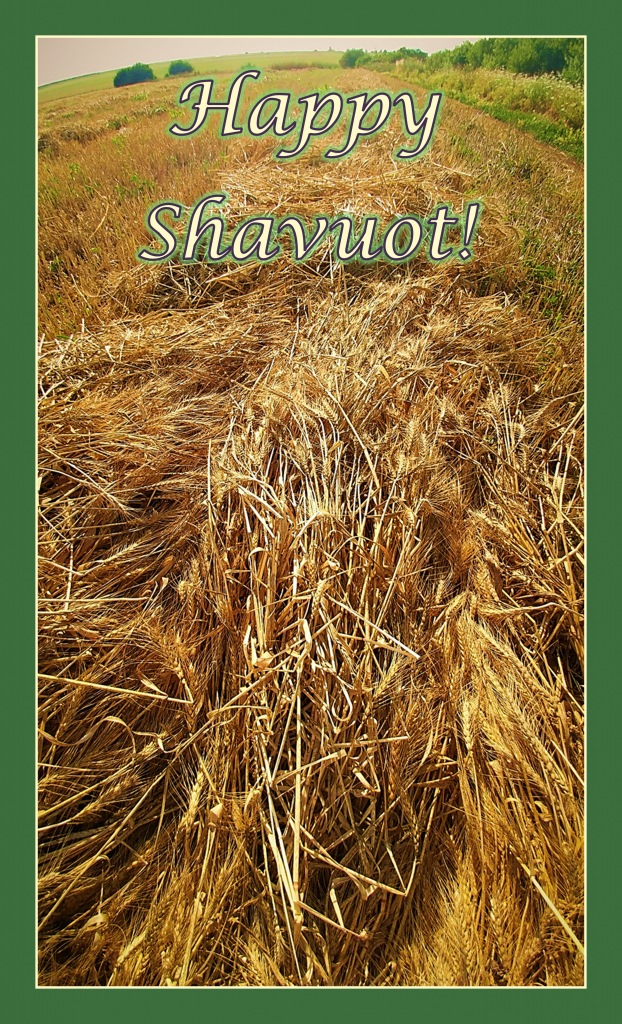1) At the JISS, Efraim Inbar gives his view of ‘What many Westerners don’t get about the Gaza war’.
“Western risk aversion and fears of escalation are counterproductive. In many places, restraint is often construed as a fatal weakness and may invite aggression. Contrary to prevalent Western attitudes that view the use of force as uncivilized and anachronistic, Middle Easterners see it as a legitimate option in the toolbox of international actors. In this part of the world, in many situations, escalation is the best way to put an end to violence. Only escalation can bring an end to Hezbollah’s war of attrition against Israel or the blocking of the Bab El Mandeb strait by the Houthis.”
2) At the Alma Center, Yaakov Lapin and Tal Beeri analyse ‘The Pager Attack’.
“Among the injured was the Iranian ambassador to Lebanon, Mojtaba Amani, a senior military figure in the Revolutionary Guards who is more than just a diplomat. According to reports, he was injured in both eyes. Amani possessed a Hezbollah pager since he is a central figure in coordinating activities with Hezbollah. This serves as the clearest evidence of the close relationship between Iran and Hezbollah and the dual role played by Iranian diplomats who double up as security figures.”
3) At WINEP, Saud Al-Sharafat discusses ‘Hamas’s Misleading Narrative and Its Impact on Jordanian National Security’.
“A significant part of the Jordanian street movement’s response to the war has been an emotional and human expression of popular anger at Israel’s actions against civilians in Gaza and the West Bank. The Palestinian cause is a particularly sensitive and emotional issue for many Jordanians, including those older military personnel who remember when the West Bank was part of the Hashemite Kingdom of Jordan before Israel occupied it in the 1967 war. The state deliberately tolerated and encouraged popular protests at the beginning of the war to contain popular anger, especially among Jordanians of Palestinian origin, and to prevent internal tensions from being exploited by the Iranian regime and its militias in neighboring Syria and Iraq.”
4) Israel’s MFA has published a response to the Third IPC Report on Gaza.
“The third IPC report contains the same methodology and transparency issues which were identified in the review of the second IPC report on Gaza from March 2024 and detailed in a document published by Israel’s Ministry of Foreign Affairs on 25 May. The IPC never responded to the findings in that document, but rather repeated the very same deviations from its standards and guidelines in the subsequent report.”
5) At the Long War Journal, David Daoud explains why ‘Hezbollah’s Vengeance for Shukr was a propaganda exercise from start to Nasrallah’s speech’.
“Since launching its attacks on October 8, the group has been walking a fine line between fulfilling its duties towards the Resistance Axis by supporting its allies in Gaza and avoiding, as much as possible, giving the Israelis a justification to escalate. Hezbollah’s August 25 attack was meant to tread that same path, restore matters to the post-October 8 status quo, and keep the fight contained until a ceasefire in Gaza offered Hezbollah an off-ramp. Admitting failure would also require Hezbollah to conduct more attacks of sufficient, apparent intensity to settle the score for Shukr, increasing the risk of a full-scale war that the group currently doesn’t want.”





